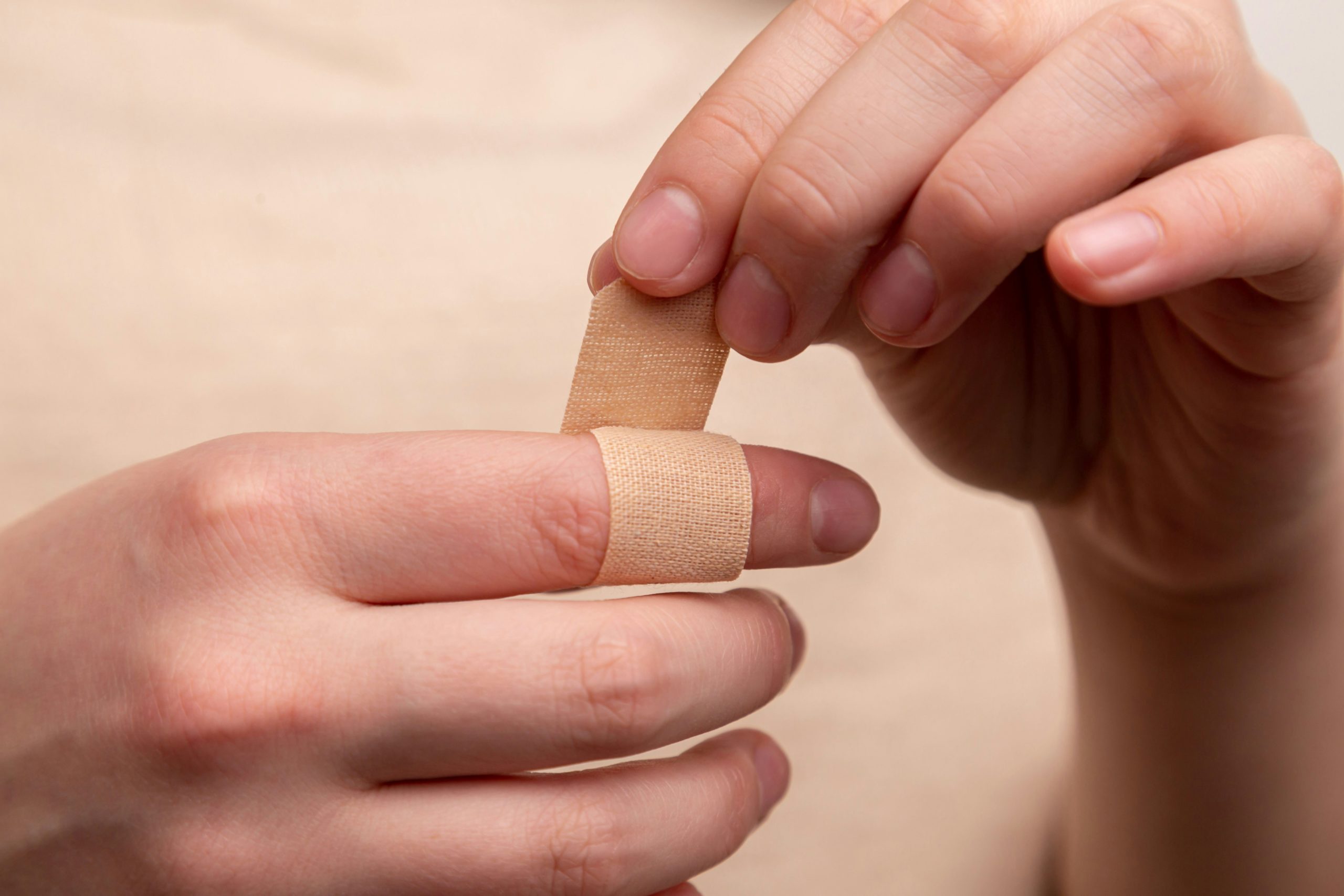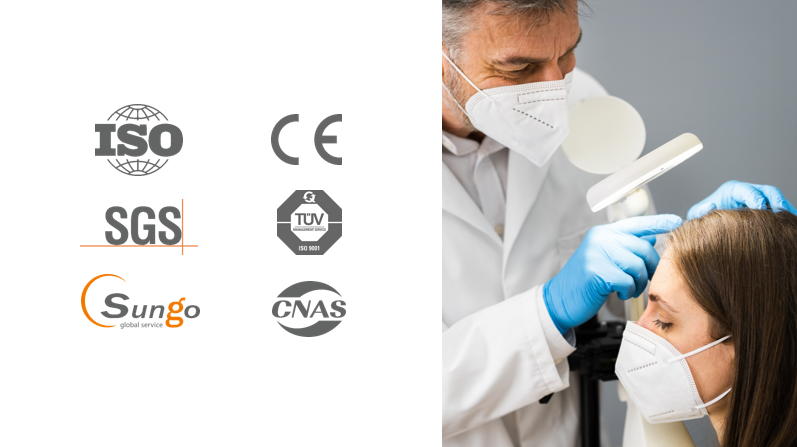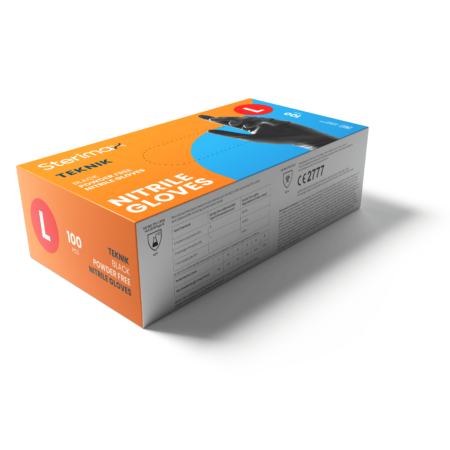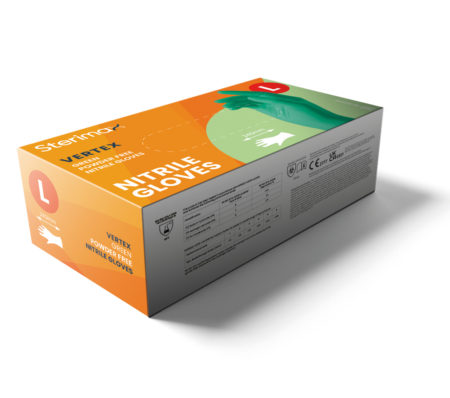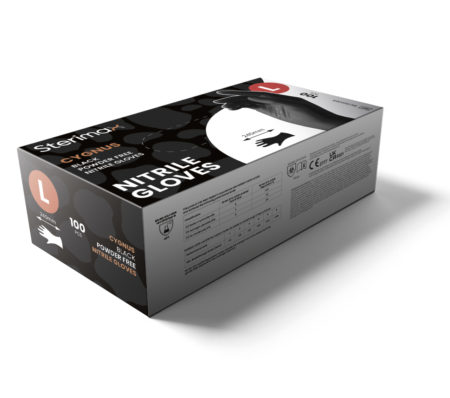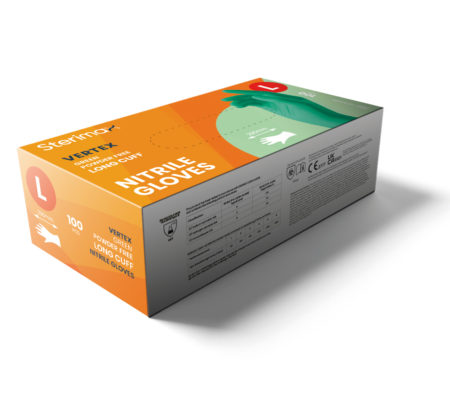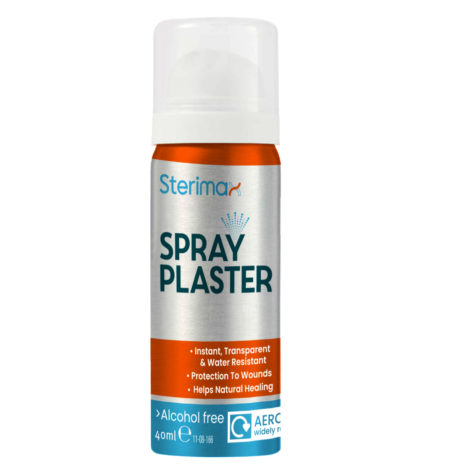Latex gloves were the go-to disposable gloves in medical and industrial applications for decades before the introduction of nitrile in the 1980s. Since then, latex has lost ground in all industries and applications.
But why is this?
Because latex is an allergen that reacts with the skin. Studies estimate that 10-17% of healthcare workers have a latex allergy, compared to just 4.3% of the general population, making it a risk in the workplace.
While some people have mild skin irritation with latex exposure, some have anaphylactic shock. Additionally, repeat exposure can create an allergy in previous non-sufferers, which is why healthcare professionals suffer from it most.
Nitrile was formulated to solve the allergen problem with latex, and it just so happens to be a more robust and durable product.
Nitrile Gloves Are the Ideal Alternative
Nitrile gloves offer many of the same benefits as latex without the allergy risks. Nitrile is a hypoallergenic synthetic rubber material, so it’s suitable for those with latex allergies. Nitrile provides the same tactile sensitivity and slightly less dexterity than latex. It’s also stretchy and flexible for a comfortable fit. However, nitrile excels over latex in other ways:
- Better chemical resistance: Nitrile holds up better against oils, solvents, and chemicals than latex, making it ideal for tasks like automotive work and chemical handling.
- Superior puncture resistance: Nitrile gloves are around 3 times more puncture-resistant than latex, providing improved protection from sharp objects like glass or metal.
- Increased tensile strength: Nitrile is generally 2-3 times stronger than latex. This durability allows for repeated use without the risk of tearing or ripping.
For these reasons, nitrile gloves are rapidly becoming the preferred choice over latex in many industries. While nitrile used to be significantly more expensive than latex, improved manufacturing has brought down costs considerably.
Latex Isn’t Dead (Yet)
While nitrile gloves have surpassed latex in popularity across many industries, latex still thrives in some settings – particularly hospitals and clinical environments. This is due to the superior fit, feel, and dexterity compared to synthetic alternatives.
In medical settings, the high level of tactile sensitivity and fine motor control of latex gloves is crucial for detailed work like surgery or examinations. The thinness and elasticity enable a close fit for optimal flexibility of the hands, giving healthcare practitioners the responsive feel necessary to perform procedures confidently and nimbly.
Powder-free latex gloves are the most common type used in healthcare. They have a smooth interior lining that maximises grip while maintaining a comfortable fit. Textured latex gloves are also popular, providing additional grip and wet/dry handling through textured fingertips.
For now, the unparalleled dexterity of latex keeps it the preferred choice for sensitive medical applications. However, nitrile gloves still make inroads in healthcare as manufacturing processes improve the synthetic material’s tactile sensitivity. The future is uncertain for latex gloves as nitrile gloves close the gap in feel and performance.
Do you need help choosing the right disposable gloves? Contact us anytime for advice and our experts will lend a hand.



